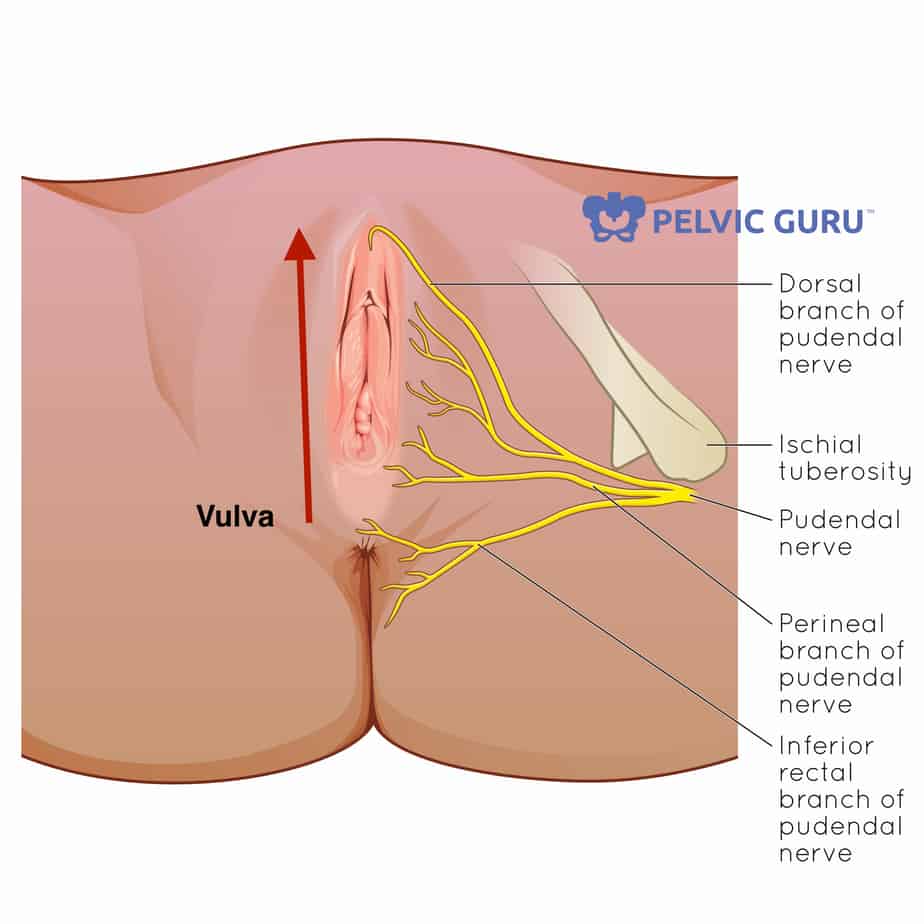It might not be a symptom of ‘getting old’

Do you hear clicking or popping in your hip? Do your hips feel stiff or tight? This is a common report among individuals with hip impingement syndrome, which is also known as femoroacetabular impingement (FAI).
FAI is a condition that results from the irregular anatomic and functional relationship between the top of the femur and the socket it sits inside (acetabulum). The irregular shaping of the bones cause them to rub against each other incorrectly. It may cause hip impairments. Generally, lifting the leg (hip flexion) and turning in and out (rotation) of the leg can increase friction between the two bones. This can lead to hip pain, labrum and cartilage injuries, and hip degeneration (osteoarthritis) from repetitive movements and other forms of trauma.
FAI is a cause of hip pain in young adults aged 15 to 50 years old. It’s common among women. It can also be found in conjunction with hip osteoarthritis. In one study, FAI deformities were found in 71% of men and 37% of women with hip osteoarthritis.
When FAI is symptomatic, many people report feeling:
– Pain in the groin or front of the hip
– Pain with sitting, driving, or squatting
– Difficulty with stair climbing, running, or jumping
– Popping/clicking in the hip
– Increased muscle tightness
Oftentimes when we feel these symptoms, we avoid the activities that cause them, stretch, or even worse – ignore and push through the pain. While the first two can provide temporary relief, it’s important to find the primary dysfunction causing the symptoms. If pain continues to increase, it may indicate further degeneration of the hip.
Your primary medical doctor can screen for other underlying medical conditions that can be causing your symptoms. You can also be seen directly by a physical therapist. A prescription for physical therapy is not required when beginning treatment.
Our physical therapist will perform a comprehensive evaluation. This is an extensive look at your structural alignment and an assessment of your muscular strength, endurance, and motor control. We also analyze functional movements and activities that can be contributing to symptoms.
At Body Harmony Physical Therapy, manual therapy is one approach used to improve the soft tissue flexibility and joint mobility of the hips, pelvis, and other structures that are causing dysfunction. The physical therapist works with you to improve neuromuscular and motor control – to help muscles work optimally during functional activities. You learn how to improve your body’s alignment through postural re-education. This will improve body ergonomics with different functional activities like sitting, sleeping, standing, driving, squatting, and jumping.
At Body Harmony Physical Therapy, our physical therapists are trained to evaluate and analyze functional movements to identify the primary dysfunction leading to impairments in the body.
Written: Jennifer Yong, DPT
Editing: Keely Faridi, PT







